Deep beneath the Earth’s surface, where sunlight cannot reach and pressure can crush the unprepared, life still finds a way to thrive. These mysterious realms, often shrouded in darkness and enigma, have piqued the curiosity of scientists and explorers alike. The study of these environments not only challenges our understanding of life but also broadens the horizons of what is considered habitable. Dive into the deepest places on Earth where life still exists, unveiling the secrets of these astonishing ecosystems.
The Mariana Trench: Earth’s Abyssal Frontier
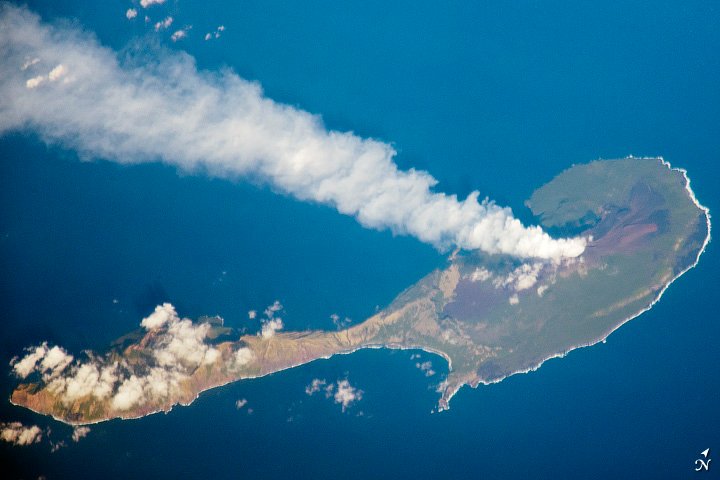
The Mariana Trench, the deepest part of the world’s oceans, stretches over 1,550 miles and plunges nearly 36,000 feet beneath the surface. This abyssal zone, a realm of perpetual darkness and crushing pressure, hosts a surprising array of life. Among its inhabitants are the enigmatic snailfish, which thrives at depths where most lifeforms would be crushed. These fish have adapted to the extreme conditions, with gelatinous bodies that withstand immense pressure. Their existence challenges our understanding of life’s resilience and adaptability. The trench also hosts a variety of microorganisms that thrive in its harsh conditions, contributing to the trench’s unique ecosystem.
The Mysterious World of Hydrothermal Vents
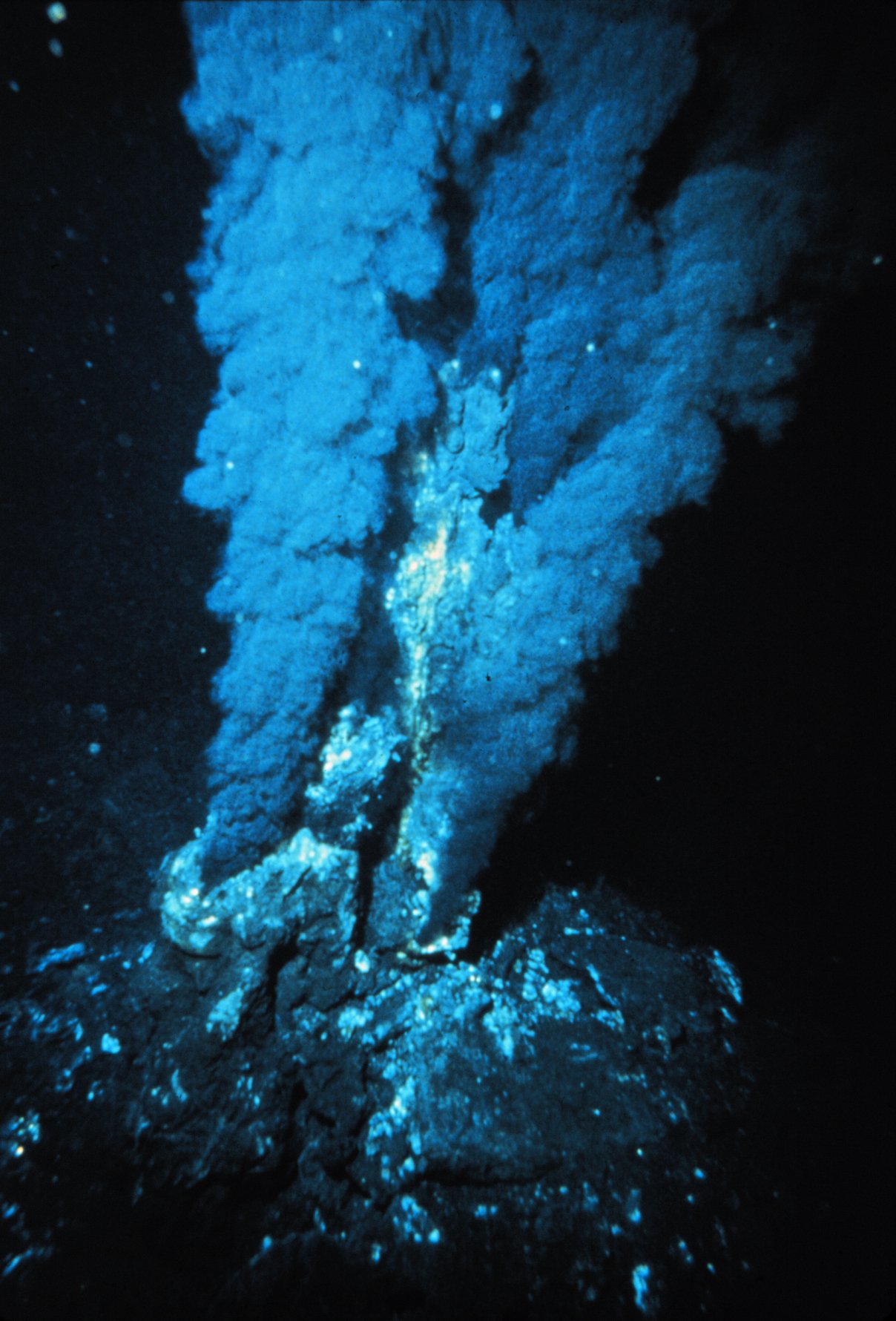
Hydrothermal vents, often referred to as “black smokers,” are found on the seafloor, where tectonic plates meet. These underwater geysers spew mineral-rich water heated by Earth’s magma, creating a unique environment. Despite the high temperatures and toxic chemicals, life flourishes in these vents. Tube worms, giant clams, and unique bacteria have adapted to harness the chemical energy emitted by the vents. This process, known as chemosynthesis, enables life to thrive without sunlight, a testament to the adaptability of organisms in extreme environments. The discovery of these ecosystems has revolutionized our understanding of life’s potential beyond Earth.
The Hidden Depths of Lake Baikal
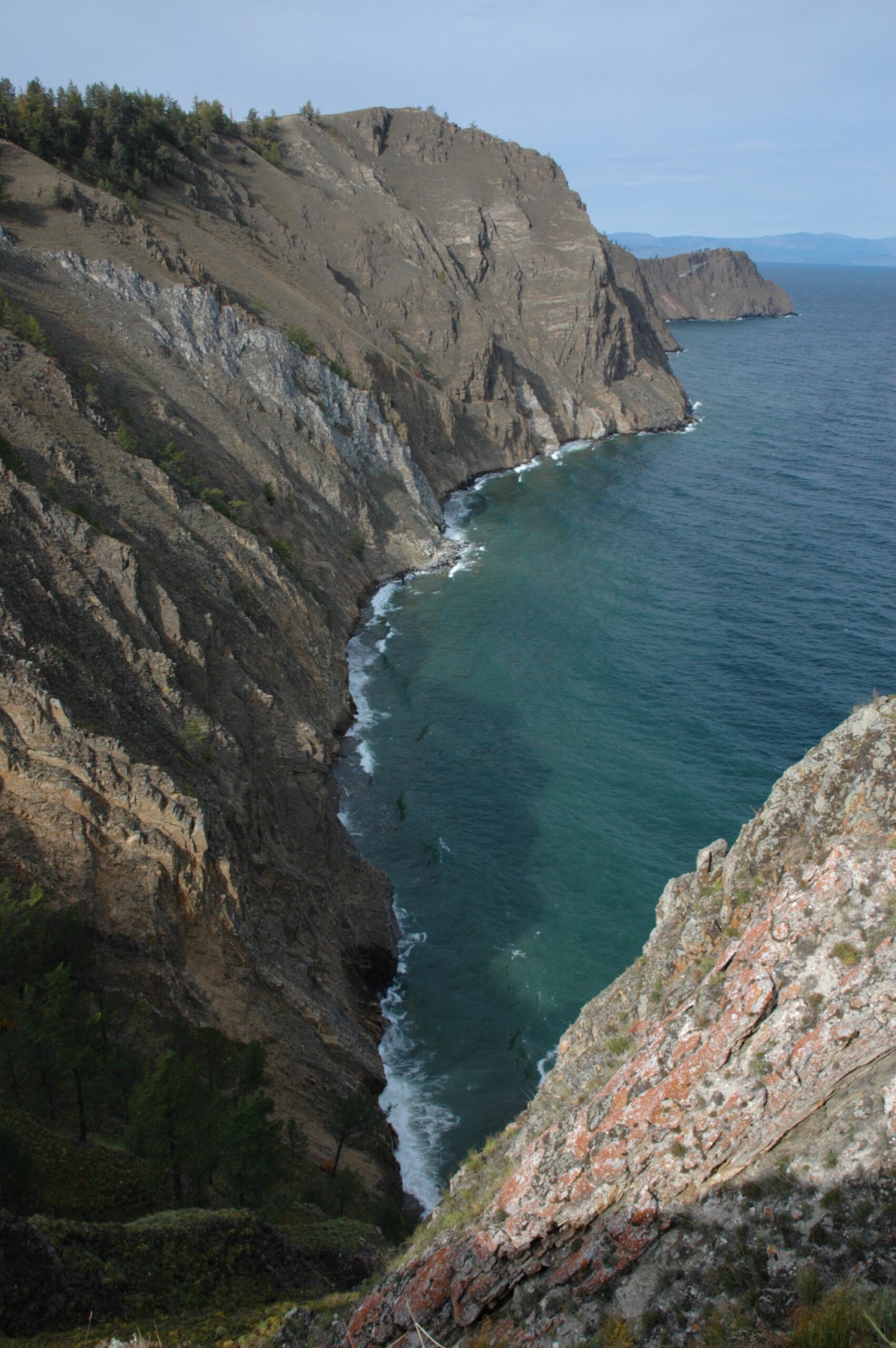
Lake Baikal, the world’s deepest and oldest freshwater lake, plunges to depths of over 5,300 feet. This ancient lake, located in Siberia, is home to a diverse range of life, much of which is found nowhere else on Earth. The Baikal seal, the only freshwater seal species, is a testament to the lake’s unique ecosystem. Scientists believe that the lake’s depth and age have allowed these species to evolve in isolation, resulting in a high degree of endemism. The clarity of its waters allows sunlight to penetrate deep, supporting a rich array of plankton, which forms the base of the lake’s food web.
The Inhospitable Depths of the Atacama Trench
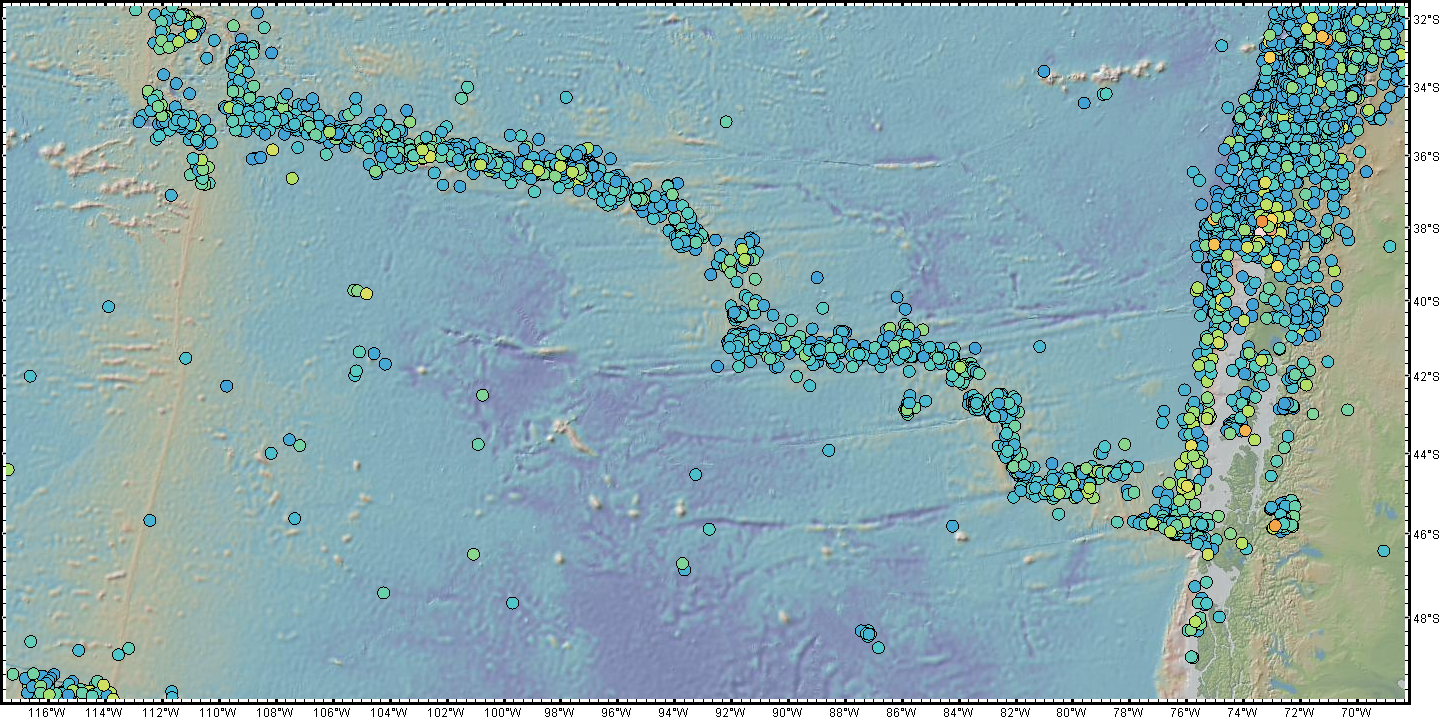
The Atacama Trench, located off the coast of Peru and Chile, is another deep-sea marvel. Plunging to depths of over 26,000 feet, it is one of the least explored places on Earth. Despite its remoteness, life thrives here in the form of unique fish species, crustaceans, and microorganisms. The trench’s extreme conditions have led to the evolution of species with unique adaptations, such as bioluminescence and pressure-resistant bodies. The study of these organisms provides valuable insights into the limits of life on Earth and the potential for life on other planets.
The Dark Depths of the Puerto Rico Trench
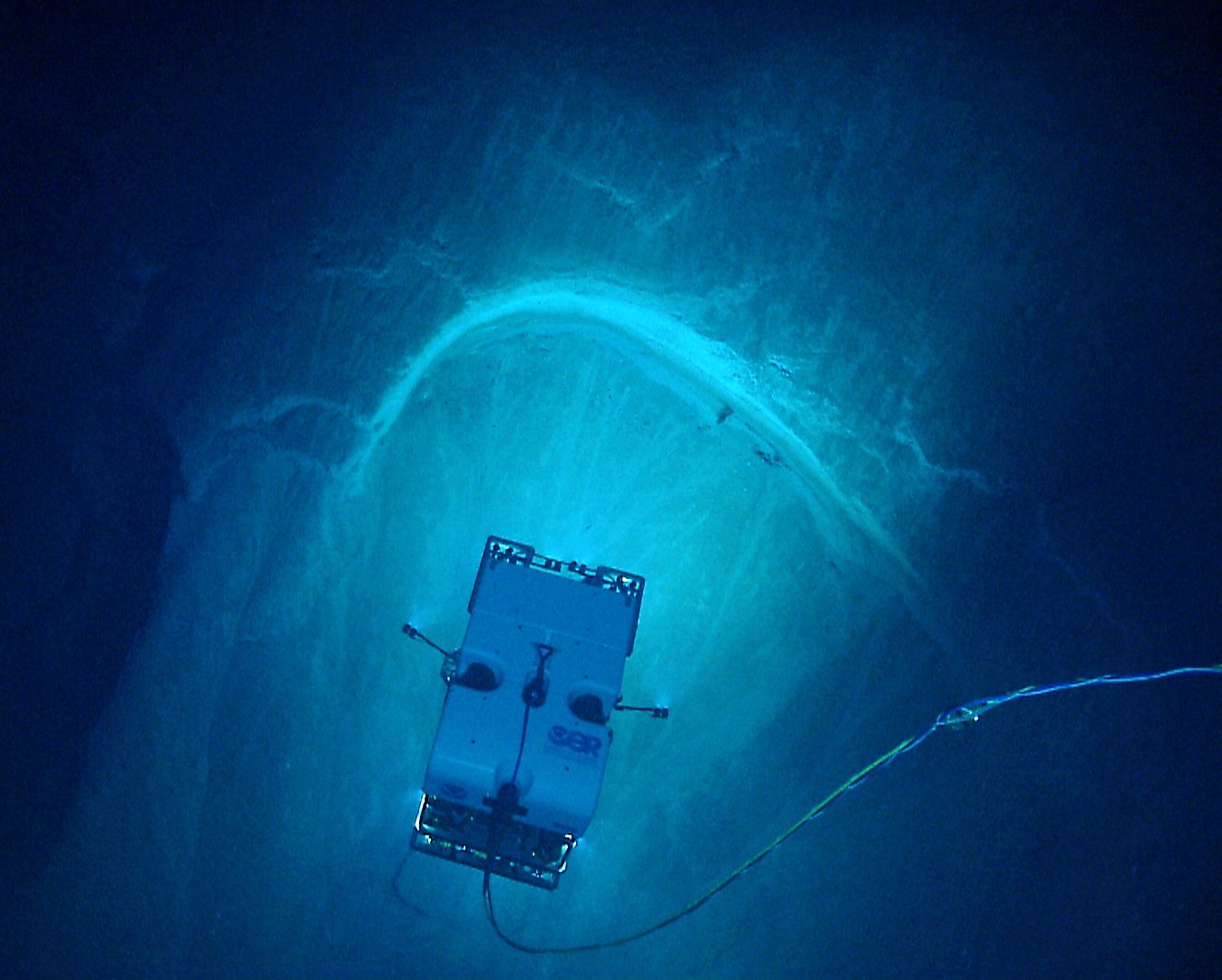
The Puerto Rico Trench, the deepest part of the Atlantic Ocean, reaches depths of over 28,000 feet. This trench is home to a fascinating array of life, including deep-sea sharks, cephalopods, and unique coral species. The trench’s location in a tectonically active region results in a dynamic environment, with frequent seismic activity shaping its ecosystem. Despite the lack of sunlight, the trench’s inhabitants have evolved to thrive in its challenging conditions. The study of this trench contributes to our understanding of deep-sea ecosystems and their resilience in the face of environmental changes.
The Concealed Depths of the Java Trench
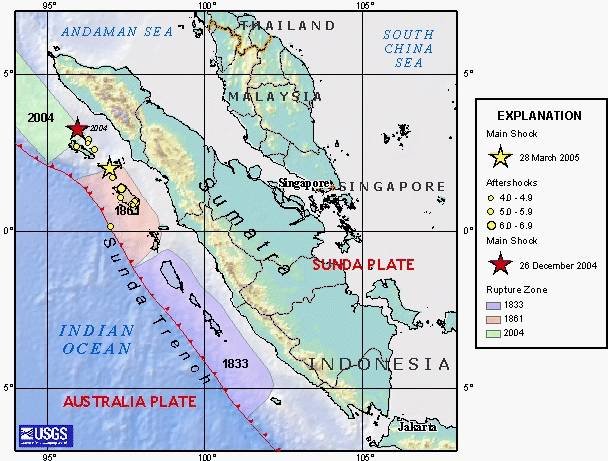
The Java Trench, located in the Indian Ocean, is one of the deepest points in the world, reaching over 24,000 feet. This trench is home to a wealth of biodiversity, including deep-sea fish, crustaceans, and microbial life. The trench’s unique environment, characterized by high pressure and low temperatures, has led to the evolution of species with remarkable adaptations. These organisms, often characterized by slow metabolism and long lifespans, provide valuable insights into the mechanisms of life in extreme conditions. The Java Trench remains a focal point for scientists studying the limits of life on Earth.
The Icy Depths of the Antarctic Ocean
The Antarctic Ocean, surrounding the icy continent of Antarctica, is home to some of the most extreme environments on Earth. Despite its freezing temperatures, life flourishes beneath the ice, with unique species of fish, krill, and microorganisms adapted to the harsh conditions. The presence of antifreeze proteins in the blood of Antarctic fish prevents them from freezing, allowing them to survive in sub-zero temperatures. The study of these organisms provides valuable insights into the adaptability of life and the potential for life in extreme environments like those on other planets.
The Underwater Caves of the Yucatán Peninsula

The Yucatán Peninsula in Mexico is home to an extensive network of underwater caves, known as cenotes. These caves, formed by the collapse of limestone bedrock, create a unique aquatic environment. Despite the lack of sunlight, life thrives in these caves, with unique species of fish, crustaceans, and microorganisms adapted to the dark conditions. The cenotes’ unique environment has led to the evolution of species with remarkable adaptations, such as reduced or no eyesight and heightened senses of smell and touch. The study of these ecosystems provides valuable insights into the adaptability of life in extreme conditions.
The Subterranean Rivers of Krubera Cave
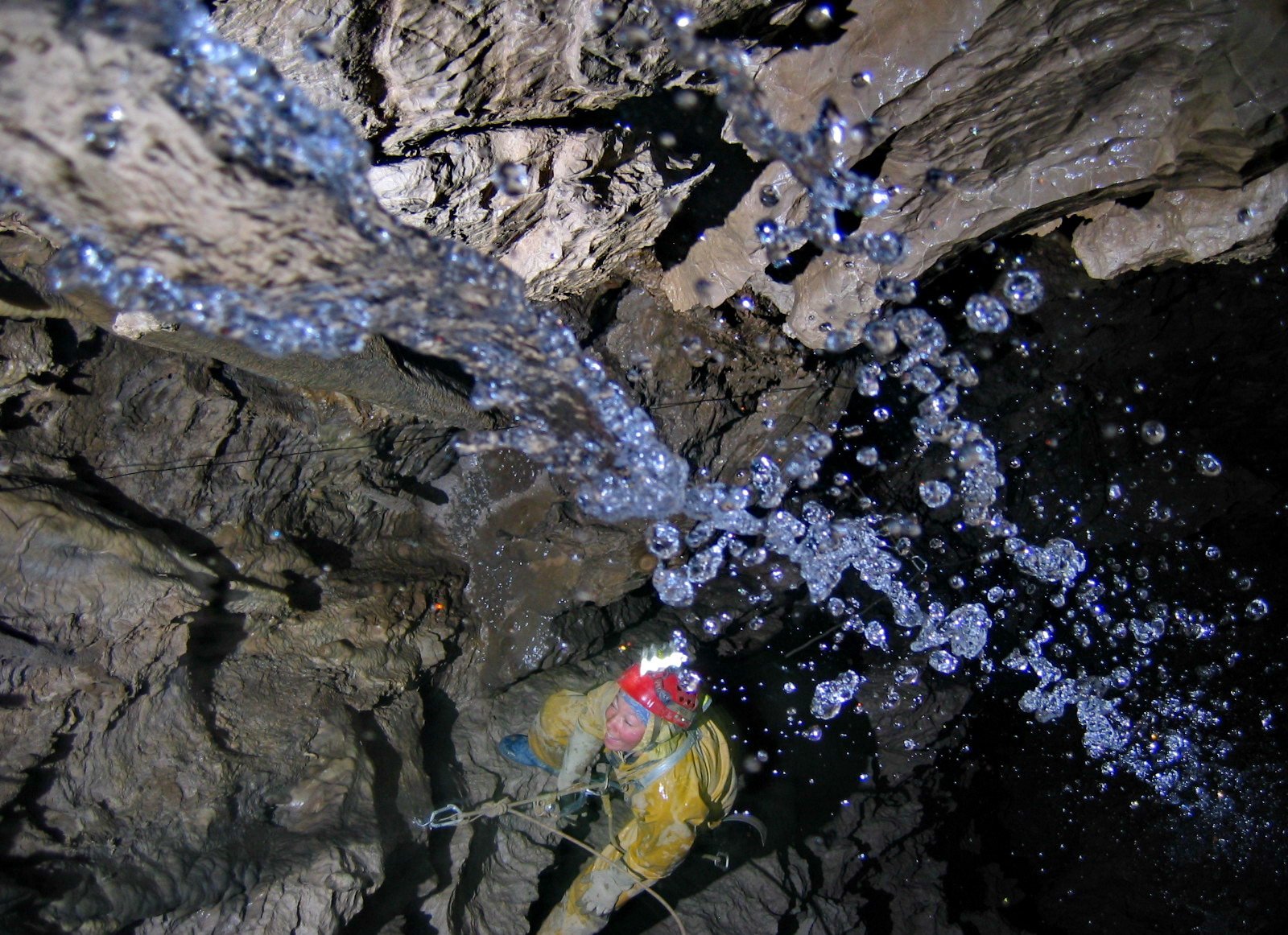
Krubera Cave, located in the Caucasus Mountains of Georgia, is the world’s deepest known cave, plunging over 7,200 feet below the surface. This subterranean wonder is home to an array of life, including unique species of insects, spiders, and microorganisms. The cave’s dark and humid environment has led to the evolution of species with unique adaptations, such as reduced eyesight and specialized feeding habits. The study of Krubera Cave provides valuable insights into the adaptability of life in extreme conditions and the potential for life in similar environments on other planets.
The Enigmatic Depths of Challenger Deep
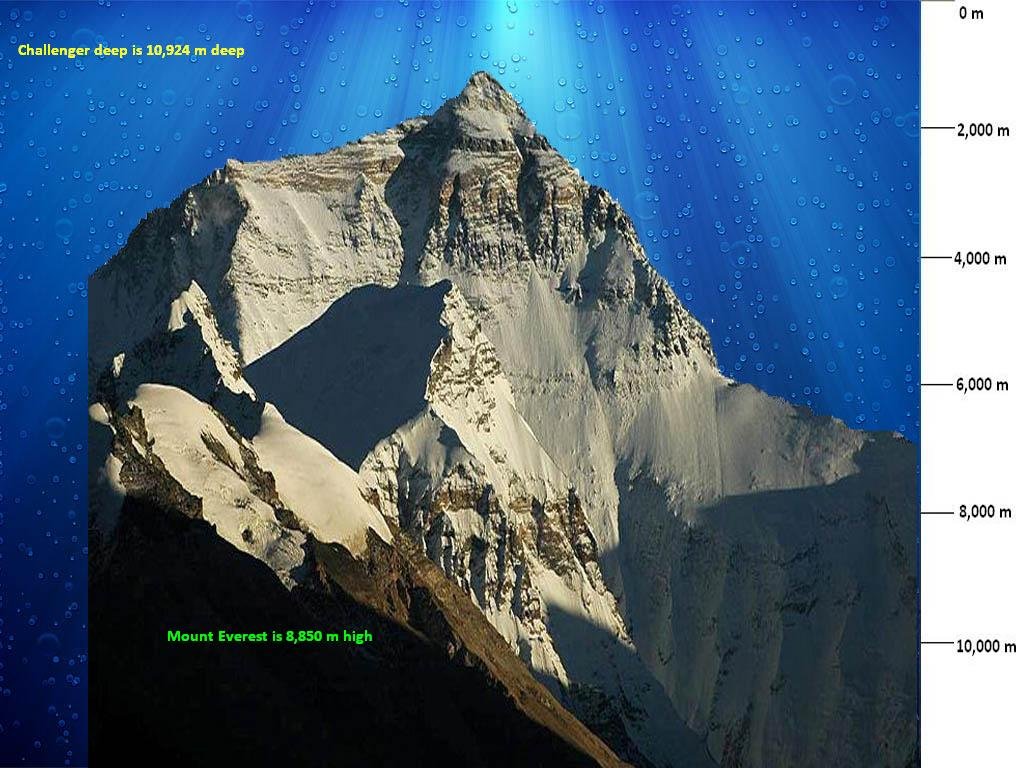
Challenger Deep, the deepest known point in the Earth’s oceans, is a part of the Mariana Trench. Plunging to depths of nearly 36,000 feet, it is one of the most extreme environments on Earth. Despite its remoteness and inhospitable conditions, life thrives here, with unique species of fish, crustaceans, and microorganisms adapted to the extreme pressure and darkness. The study of Challenger Deep provides valuable insights into the limits of life on Earth and the potential for life in similar environments on other planets. This mysterious realm continues to captivate scientists and explorers, pushing the boundaries of our understanding of life’s resilience and adaptability.




